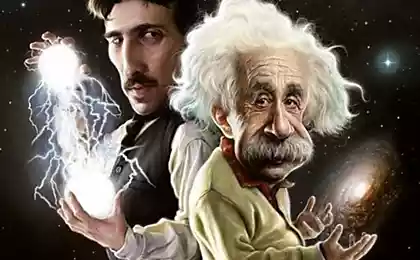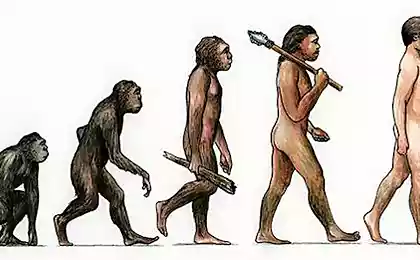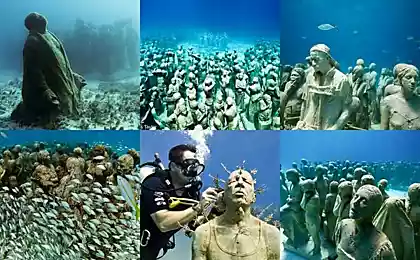218
History and evolution of live television
Live broadcasting is a popular format of TV broadcasting, when everything broadcast on the screen is not recorded in advance, but occurs in real time. Now anyone can launch their stream in social networks or special services. For example, Jibek Joly TV broadcasts live on its official website (jtv.kz/en/live). But that wasn't always the case. We offer to understand how live broadcasting took place at the dawn of television and has developed to this day.

First image transmission
At the beginning of the XX century, work on the transmission of images over a distance was actively conducted in many countries. At that time, there were two methods of signal transmission: mechanical and electronic. However, the first quickly lost relevance, giving way to more technological electronic. By the end of the 30s, regular television broadcasting was established. The screening was collective and sessions were held several times a week.
First outdoor live broadcasts
Initially, TV channels could afford to conduct live broadcasts only from the studio, as it required a large amount of equipment. The first broadcast on the road occurred only in 1936, when reporters covered what was happening at the Olympic Games. Television workers had to bring a whole van of equipment and auxiliary equipment.
The broadcast technology was as follows:
This approach made it possible to insert delayed replays into the air, which has become an integral part of modern sports broadcasts.
Active development of TV broadcasts
Since the 60s, the television boom began. Most of the live broadcasts were already in color, and the 1980 Olympics broadcast deserves special attention. To transmit the maximum details, about 300 TV cameras, 70 mobile TV studios were involved at the venue, and the central studio created programs for more than 20 countries.
By the end of the 70s, live broadcasts had found sound. First broadcast from the studio, and then away. The first such broadcast covered Elvis Presley's concert at Aloha from Hawaii. Then the TV screens gathered more than one and a half million viewers from 40 countries. Already 10 years later, in 1985, this record was broken by the BBC from the broadcasts of the largest concert of the last century - Live Aid.
Television has come a long way since then. Live broadcasts are no longer surprising. However, this format does not lose popularity, and the airwaves of major events still gather viewers at the screens.

First image transmission
At the beginning of the XX century, work on the transmission of images over a distance was actively conducted in many countries. At that time, there were two methods of signal transmission: mechanical and electronic. However, the first quickly lost relevance, giving way to more technological electronic. By the end of the 30s, regular television broadcasting was established. The screening was collective and sessions were held several times a week.
First outdoor live broadcasts
Initially, TV channels could afford to conduct live broadcasts only from the studio, as it required a large amount of equipment. The first broadcast on the road occurred only in 1936, when reporters covered what was happening at the Olympic Games. Television workers had to bring a whole van of equipment and auxiliary equipment.
The broadcast technology was as follows:
- Movie television cameras were installed on the roof of a mobile van that functioned as a mobile film studio. This allowed you to quickly change the location of the shooting and cover various sports events at the Olympics.
- The footage was shot on film of high resolution (as far as the then technology allowed).
- The film immediately appeared in a mobile laboratory.
- After development, the film was digitized by scanning. This process allowed images to be broadcast in almost real time, which was revolutionary for the time.
This approach made it possible to insert delayed replays into the air, which has become an integral part of modern sports broadcasts.
Active development of TV broadcasts
Since the 60s, the television boom began. Most of the live broadcasts were already in color, and the 1980 Olympics broadcast deserves special attention. To transmit the maximum details, about 300 TV cameras, 70 mobile TV studios were involved at the venue, and the central studio created programs for more than 20 countries.
By the end of the 70s, live broadcasts had found sound. First broadcast from the studio, and then away. The first such broadcast covered Elvis Presley's concert at Aloha from Hawaii. Then the TV screens gathered more than one and a half million viewers from 40 countries. Already 10 years later, in 1985, this record was broken by the BBC from the broadcasts of the largest concert of the last century - Live Aid.
Television has come a long way since then. Live broadcasts are no longer surprising. However, this format does not lose popularity, and the airwaves of major events still gather viewers at the screens.
The Top Reasons Why Filipino Bettors are Choosing Winzir for Their Sports Betting Needs
Why Soviet women in their 40s looked older than 50-year-olds do now























